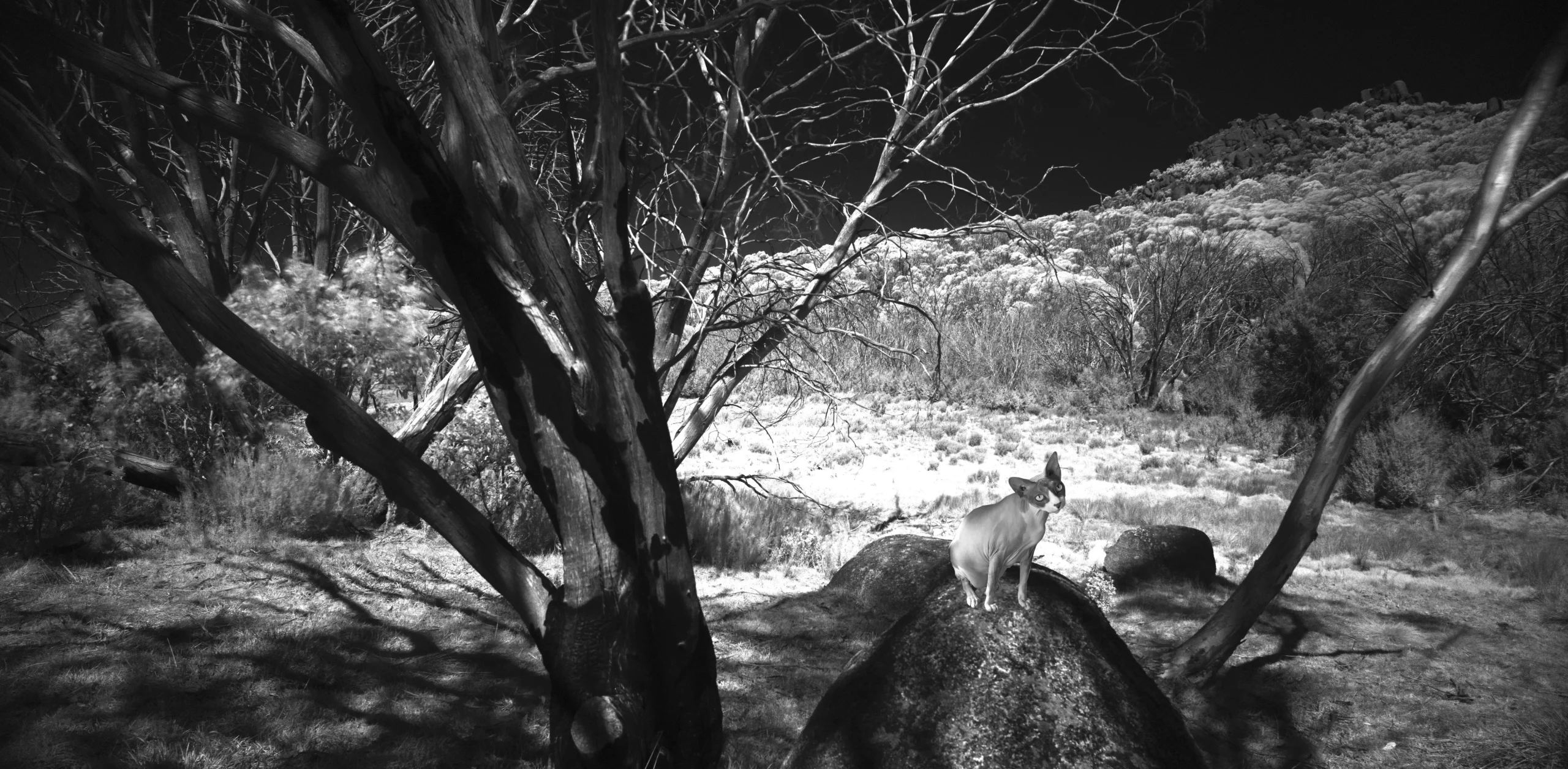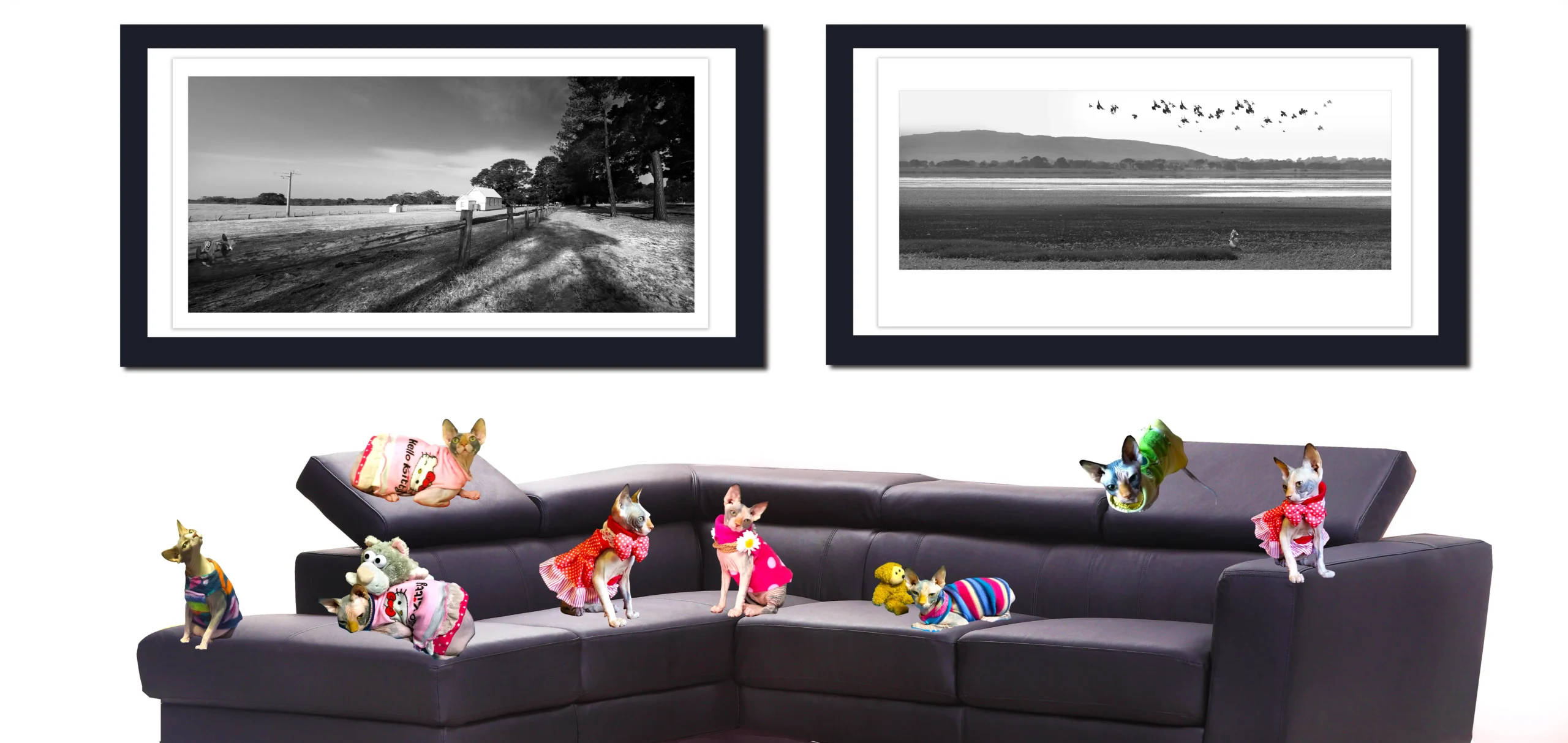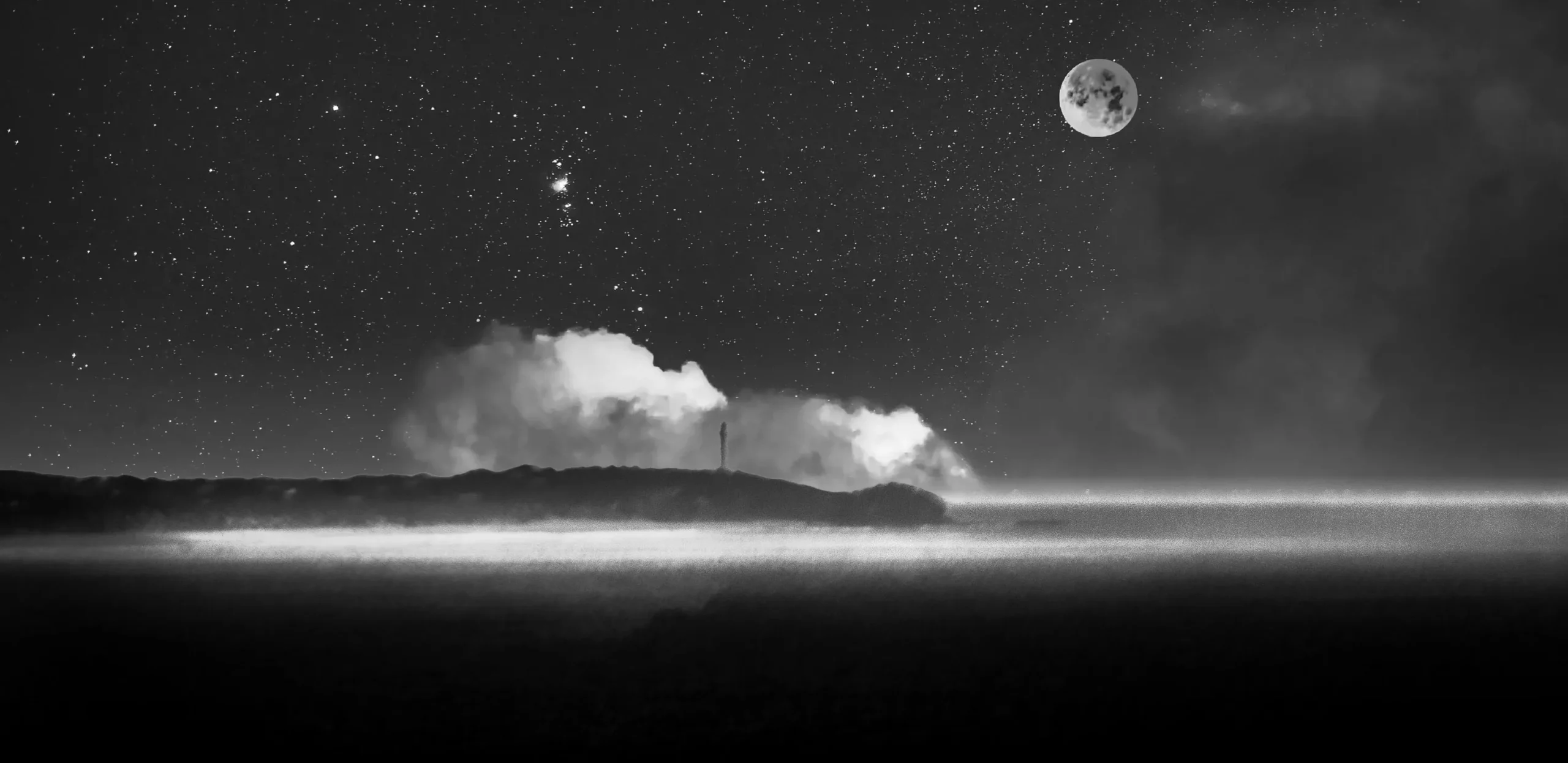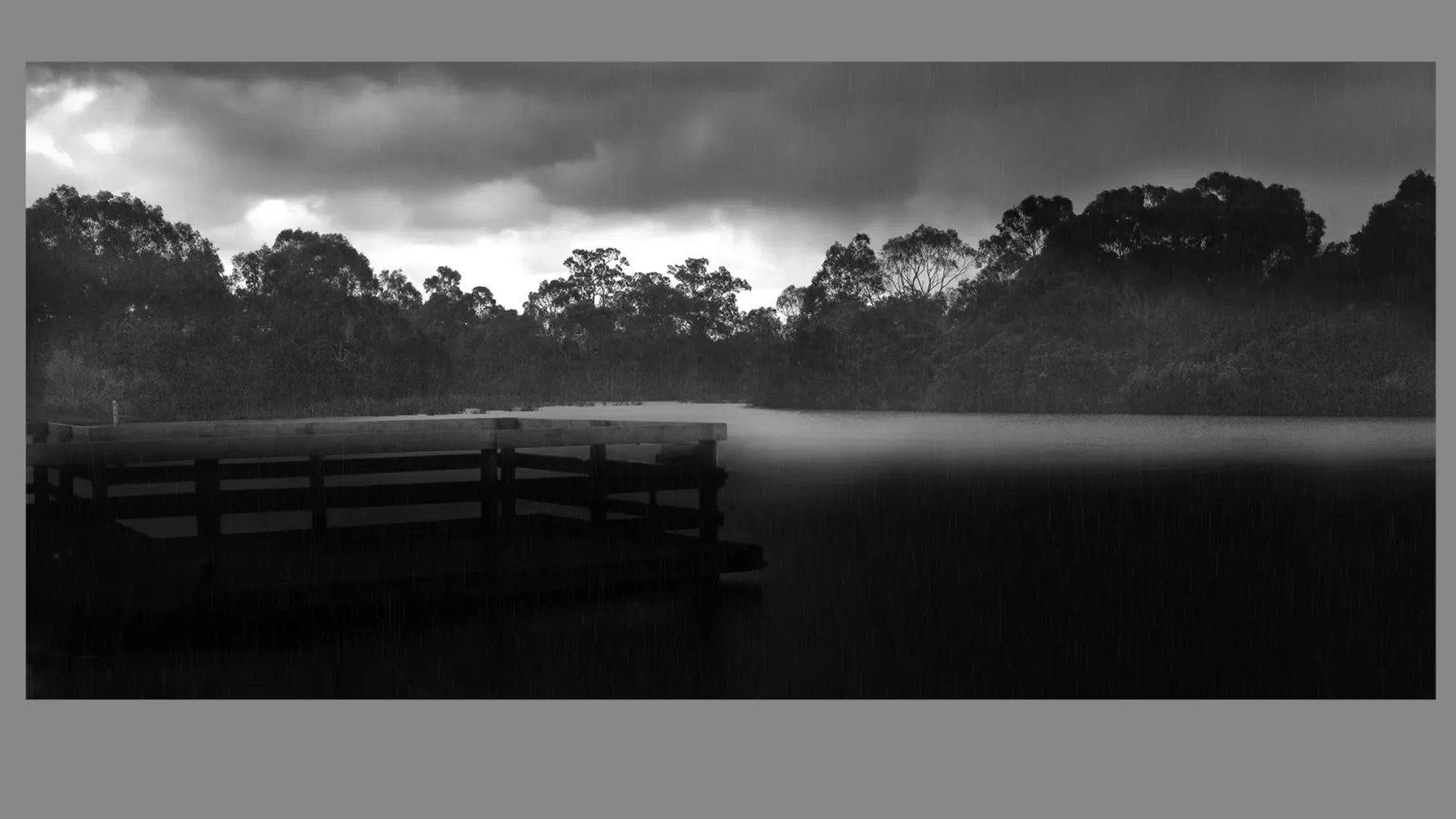Great Wall of China with Sepia Photography, Great Wall China Sepia photos, Black and White Sepia tone photography.
The Great Wall of China with Sepia Photography
Welcome to Travel, Lifestyle, Art & Photography of Dr Zenaidy Castro Blog. The globetrotting Cosmetic Dentist based in Melbourne Australia. See the world from my photographic perspective. I identify myself as a passionate explorer and adventurer at heart, with strong interest in remote places, unique cultures and different lifestyle.
I hope you enjoy exploring my travel blog and inspired by what you see. Through my photos, I hope to encourage others to get out and explore. To not be scared and to be open to new experiences and civilisations. Because, at the end of the day, travel is about finding experiences that change our minds and widen our perspectives in order to create a more inclusive world. Please feel free to browse thru my blog.
Most of the photographs posted on this blog were taken with my mobile phone. I invite you to browse through my SHOP page to see the real fine art photography that I have created while travelling.
______________________________________________________________________________________________
In September 2016, after concluding a trip to Mongolia, the traveler embarked on a three-day stopover in Beijing en route back to Melbourne. During this brief but memorable stay, one of the highlights was a guided day tour that included a visit to the Mutianyu section of the Great Wall of China.
Upon arrival at Mutianyu, the group was allotted approximately two and a half to three hours to ascend the Wall, explore its historic towers and battlements, and make their way back to the tour vehicle. This timeframe provided enough opportunity to experience the grandeur of one of the most renowned portions of the Great Wall while appreciating the natural beauty of the surrounding landscape.
Located about an hour and a half’s drive from downtown Beijing—or roughly an hour and twenty minutes from Beijing Capital International Airport—Mutianyu is considered an excellent alternative to the more frequented Badaling section. Travelers seeking a less crowded and more peaceful experience often favor Mutianyu, where the atmosphere is notably quieter due to fewer tour buses and smaller visitor numbers.
In addition to being the longest completely restored section of the Great Wall, Mutianyu appeals to visitors for its convenience and accessibility. It is equipped with modern facilities such as a cable car and chairlift, which allow for effortless ascent to the Wall’s elevated pathway, as well as a unique toboggan ride offering a fun descent through the hillside. These features make navigating the Wall less strenuous and more enjoyable, especially for those who may find steep climbs challenging.
Compared to Badaling, where crowds can be dense and the walking conditions more demanding, Mutianyu offers both a more tranquil environment and an easier terrain for walking and exploration. This combination of historical significance, scenic beauty, and visitor-friendly amenities makes Mutianyu a highly recommended destination for anyone seeking an authentic yet comfortable experience of the Great Wall of China.

Walking the Great Wall of China is far from a leisurely stroll, even though the surface of the Mutianyu section is generally smooth and well-maintained. One particularly challenging stretch lies between Watchtower 19 and Watchtower 20—the two towers situated to the left when facing the entrance. This segment is notably steep, featuring approximately 450 steps. For those who relish the physical challenge of climbing steep, vertical steps, this portion of the Wall offers an exhilarating and rewarding experience. However, it also demands a good level of fitness and caution, as the climb can be physically demanding and requires careful footing.

Similarly, the steep vertical steps between the first and sixth watchtowers present an additional challenge for walkers on the Mutianyu Great Wall. This section can significantly increase the difficulty of the trek, and visitors who are not in good physical condition may find themselves struggling to navigate these demanding climbs. Fortunately, the availability of both a cable car and a chairlift provides a convenient alternative for those who prefer to avoid hiking up the Wall. These transportation options allow visitors to reach the summit comfortably and enjoy the breathtaking panoramic views without the strenuous climb, making the Mutianyu section accessible to a wider range of travelers regardless of their fitness level.

The stretch of the Mutianyu Great Wall is undeniably beautiful, offering breathtaking views and a sense of historical wonder, especially in the afternoon when the crowds tend to thin out. In contrast, mornings and weekends can see the area become quite congested, with large numbers of visitors flocking to experience this iconic site.
Reaching the Great Wall itself poses a fair challenge, making it an excellent spot for a spontaneous cardio workout. The slope leading up to the ticket center ranges from moderate to very steep, requiring visitors to be prepared for an uphill walk even before they reach the main attraction. The ascent from the ticket area to the gondola continues this trend, with similarly steep inclines, and the journey does not end there—stairs abound throughout the Wall, testing the endurance of even reasonably fit travelers.
For those with limited mobility or who find steep climbs especially difficult, the Mutianyu section may present accessibility challenges. While the cable car and chairlift offer substantial assistance for many visitors, fully avoiding stairs and steep paths is nearly impossible. If there are not additional accessibility options available, this section of the Great Wall may not be ideal for individuals who require significant assistance or are unable to manage challenging terrain. Visitors are encouraged to assess their personal fitness and mobility before choosing this section to ensure a safe and enjoyable experience.




The Mutianyu section of the Great Wall is situated about a two-hour drive from Beijing, making it an accessible yet scenic excursion from the city. Upon arrival, visitors must leave their vehicles or tour buses at the base of the hill. From there, they face the choice of either hiking the entire way up to the Wall—a journey that typically takes between 45 to 60 minutes depending on one’s pace and fitness level—or opting for the cableway for a quicker ascent.
The cableway, which functions much like a ski lift equipped with a front safety bar, offers a convenient alternative to the strenuous climb. A round-trip ticket costs around 120 yuan, and the ride itself lasts between five to seven minutes, smoothly transporting passengers up the hillside. For those who prefer to avoid steep or prolonged walks, this option is often regarded as the most straightforward and comfortable means of reaching the Wall.
However, the journey via cableway isn’t without its own challenges, particularly for individuals who have a fear of heights. The ascent and descent in the open-air lift can feel daunting, with sweeping views of the valley below. For travelers with acrophobia, riding the cableway may require some psychological coping strategies—such as closing their eyes and engaging in mind distraction techniques—to help manage their fears and make the experience more bearable. Despite these apprehensions, many still find that the convenience and efficiency of the cableway outweigh the discomfort, allowing them to access and enjoy the historic marvel of the Mutianyu Great Wall.


Upon reaching the top via the cableway, visitors are met with a final series of steps before they can actually set foot on the historic stones of the Great Wall. At the first turret, travelers are greeted with a prime photo opportunity, offering a sweeping view along the length of the ancient structure—an ideal spot to capture the Wall in its dramatic setting.
Continuing onward, one can proceed to the next turret, but looking upward from this vantage point often reveals an intimidating number of additional steps, many of them quite steep and tall. For some visitors, the prospect of ascending even higher can be daunting, and not everyone chooses to continue. In one instance, while the narrator decided not to tackle the further climb, their companions pressed on, though they did so slowly and paused to rest at a landing below. According to their accounts, the panoramic views at the higher points were spectacular, but they also found the climb physically demanding due to the sheer number and steepness of the steps.
A notable advantage of choosing Mutianyu is the relative peace and quiet compared to other, busier sections of the Great Wall. The area proved to be much less crowded than expected, as the majority of tourists appear to favor alternative locations, leaving Mutianyu with more open space and fewer visitors vying for the best viewpoints.
When it is time to descend, visitors have the option to use their return ticket for the cableway, allowing for a comfortable and scenic ride back down to the starting point—a welcome relief after a satisfying, if strenuous, exploration of one of China’s greatest landmarks.


You capture the experience of climbing the Great Wall of China very realistically. In many spots, the ascent is extremely steep, and caution is necessary as some steps can be slippery, especially in wet or crowded conditions. The Wall itself snakes dramatically up and down the mountain ridges, providing spectacular views—at least when weather and air conditions cooperate—while also making the trek physically demanding.
Much of the reward from climbing is the personal achievement (“I did it!”) and the historical significance of standing on such an iconic structure, rather than the climb itself being particularly interesting or varied—it is, essentially, a very long, sometimes challenging staircase. The impact of smog can further limit the usually stunning vistas, which is something to keep in mind when planning a visit.
For the descent, there’s a popular “slow roller coaster”—the toboggan run—offering a fun and thrilling way down. It’s great for kids and for those seeking an adrenaline rush; the laughter and screams of riders often echo across the hills. However, if you’re not into high-speed rides or heights, it may not be for you.
Despite these challenges, this attraction should not be missed. The sheer scale and historical significance are awe-inspiring, and the effort required to build the Wall over such unforgiving terrain is truly mind-boggling. And if you ever thought the Great Wall was just a wall—you’ll quickly realize it’s so much more: it’s a never-ending staircase, testament to human determination and ingenuity.
How long is the Mutianyu Walk?
The entire Mutianyu Great Wall walk typically takes about 2 to 3 hours at a relaxed pace. This allows for plenty of time to rest, take photos, and admire the breathtaking scenery along the way. The Wall’s paths at Mutianyu are well-maintained, clearly marked, and straightforward to follow, making the walk relatively easy for most visitors.
To reach the Wall itself from the main entrances, it usually takes about 40 minutes of uphill hiking, including breaks. This time can vary depending on personal fitness, age, and walking speed, but most people find it manageable.
Which towers can you access?
- If you start from Dream Stone City or the South Entrance (near the toboggan), climbing the stairs will bring you to Towers 6 or 8.
- If you start from the North Entrance (close to the cable car station), you’ll reach Towers 8 or 10 after ascending the stairs.
How to ascend and descend Mutianyu:
There are three popular ways to get up to and down from the Wall:
- Toboggan Ride: A fun, slide-style descent suitable for thrill-seekers.
- Chairlift: An open ski lift-style ride offering scenic views.
- Cable Car: An enclosed lift ideal for comfort and ease.
No matter which route you choose, Mutianyu offers a memorable and accessible section of the Great Wall for all types of visitors.
The Chairlift
A 550 meters long open chairlift will take you from the parking lot to tower six and vice versa under ten minutes. The open ski-lift kind of cable car can comfortably accommodate 2 passengers side by side. The ride offers a perfect elevated opportunity to sit back, relax and savor the breathtaking beauty of Mutianyu Great Wall section, IF you are not scare of heights.


What to Bring
Dress for walking and dress for the weather. Layers of clothes that can be taken on and off allow for greater comfort and temperature control. Wear/bring sun protection in the summer and dress for sub-zero temperatures in the winter. It can feel much colder on the wall than down in the valleys because of altitude and exposure.
Choose comfortable footwear with good grip and support for the feet or walking pole. Umbrellas may be used here as the ascents and descents are not difficult, but may be inconvenient in strong winds. Bring snacks and water if you want to walk a long portion of the wall.



At the exit, you will meet this two chinese men wearing a costume as a watchtower guard, waiting for tourist to have a picture with them with a small tip.
[sp_easyaccordion id=”56016″]





Life should not be a journey to the grave with the intention of arriving safely in a pretty and well preserved body, but rather to skid in broadside in a cloud of smoke, thoroughly used up, totally worn out, and loudly proclaiming “Wow! What a Ride!”
– Hunter S. Thompson
Whether you’re seeking modern elegance Abstract art or timeless charm of black and white photography, Dr Zenaidy Castro’s diverse range of art and photographic prints and artpieces ensures you find the perfect match for your unique vision. Explore our abstract art and photographic collection and see how our artworks and photographs can transform your establishment into a visual masterpiece.
Sepia Photography and the Timeless Allure of the Great Wall of China
Photographing the Great Wall of China, with its centuries-old stones and sweeping mountain vistas, provides a unique opportunity to blend historical narrative with artistic vision. One way to evoke a sense of the past in your photography is through the use of sepia tones—a warm, brownish hue that instantly transports modern images to an earlier era.
The Power of Sepia
Sepia photography originated in the 19th and early 20th centuries, when photographic prints were treated with sepia, a pigment derived from cuttlefish ink. This process not only enhanced the longevity of photographs but also gave them a distinctive antique aesthetic. Today, digital and analog photographers alike use sepia filters to recreate this classic look.
Evoking History
When capturing an ancient and iconic site like the Great Wall, sepia photography can be particularly meaningful. The aged palette adds a layer of nostalgia, subtly erasing hints of the present day—such as brightly colored clothing, modern signs, or tourists—by blending them into a unified, timeless atmosphere. The mood it creates echoes the stories and events the Wall has witnessed, emphasizing its place in human history.
Enhancing Texture and Form
The monochromatic warmth of sepia tones emphasizes the texture of the Wall’s hewn stones, the grain of old bricks, and the curves of the undulating landscape. Shadows and highlights become softer, creating a dreamlike quality that flatters weathered surfaces and ruins, making them feel as though they exist outside of time.
Telling a Story
A sepia-tinted photograph of the Great Wall does more than capture a beautiful view—it tells a story. It invites viewers to imagine what it must have looked like centuries ago, bustling with soldiers, traders, and emperors’ envoys. The technique bridges the gap between past and present, helping us feel more connected to the human experiences embedded in these ancient stones.
Artistic Choices
To achieve powerful sepia imagery at the Great Wall, consider the following tips:
- Choose dramatic angles or compositions that highlight the Wall’s scale or its winding path along the mountains.
- Focus on weathered details and architectural features.
- Wait for moments when the light is soft and diffuse (morning or late afternoon), adding natural warmth to your sepia processing.
Conclusion
In short, sepia photography is more than a stylistic choice—it is a way of paying homage to history. When applied thoughtfully, it transforms modern photographs of the Great Wall of China, making them feel truly vintage and creating a visual bridge between past and present. For photographers and travelers alike, it is a wonderful way to honor the heritage and timeless beauty of this world wonder.
[sp_easyaccordion id=”54074″]



═══════════════════════════════════════════════════
At Heart & Soul Whisperer Art Gallery, every coloured and black and white photograph tells a story beyond sight—an emotional journey captured in light, shadow, and soul. Founded by visionary artist Dr Zenaidy Castro, our curated collections—spanning landscapes, waterscapes, abstract art, and more—offer a timeless elegance that transcends fleeting trends. Whether enriching private residences, corporate offices, healthcare facilities, hospitals, or hospitality spaces, our artworks are designed to transform environments into sanctuaries of memory, beauty, and enduring inspiration. Let your walls whisper stories that linger—reflections of art, spirit, and the love that connects us all.
[sp_easyaccordion id=”54056″]
═══════════════════════════════════════════════════
Tag: Travel destination, Travel stories, Travel Blog, Cultural travel, Travel Guide, Adventure Travel, Nature Travel, Street Photography, Wanderlust, Travel Photography, Adventure, World Traveler, Globetrotter, Travel Life, Explore The World















